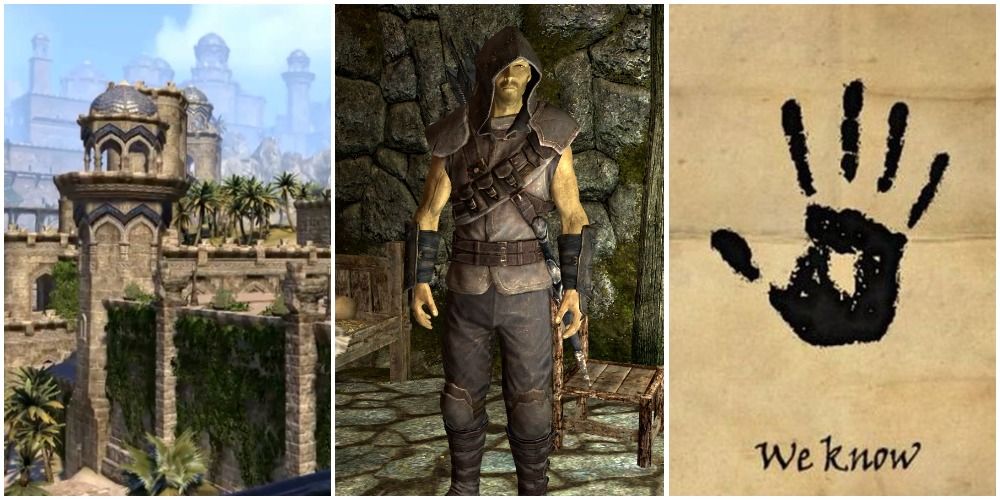
Just one of the many factions the protagonist can join in the Elder Scrolls games, the Thieves' Guild holds obvious appeal for rogues and other sneaky players. Operating in the shadows under the protection of Nocturnal, the Guild is based on a code of honor among thieves.
RELATED: 10 Story-Heavy Games To Play While Waiting For The Elder Scrolls 6
The Guild has been present in every game in the series and joinable in all except for Arena. Clearly, it is an ancient organization, but much of its history has been relegated to obscure lore. Here are a few facts that even veteran players may not have known about Tamriel's premier organized crime guild.
10 Dates Back to the Second Era
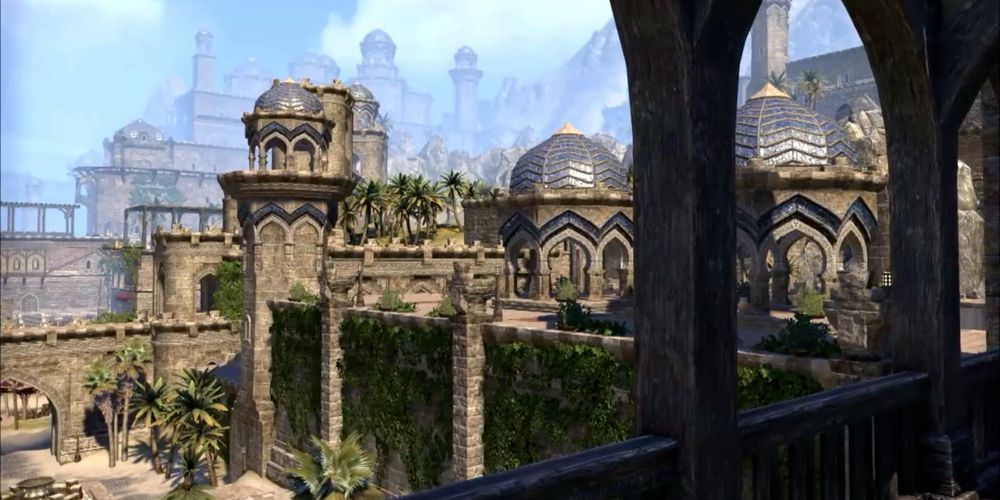
Though the exact date is unknown, the Guild's presence is already well established by the sixth century of the Second Era. Founded in Abah's Landing, a port city in Hammerfell, its original intent was to create an organization for thieves to help and protect each other.
The model and rules of the original Thieves' Guild spread quickly across the rest of Tamriel, with thieves in other provinces forming similar alliances. Since it appears in every other game, it's clear that the Guild's influence is far-reaching and long-lasting.
9 Respected In Its Own Right
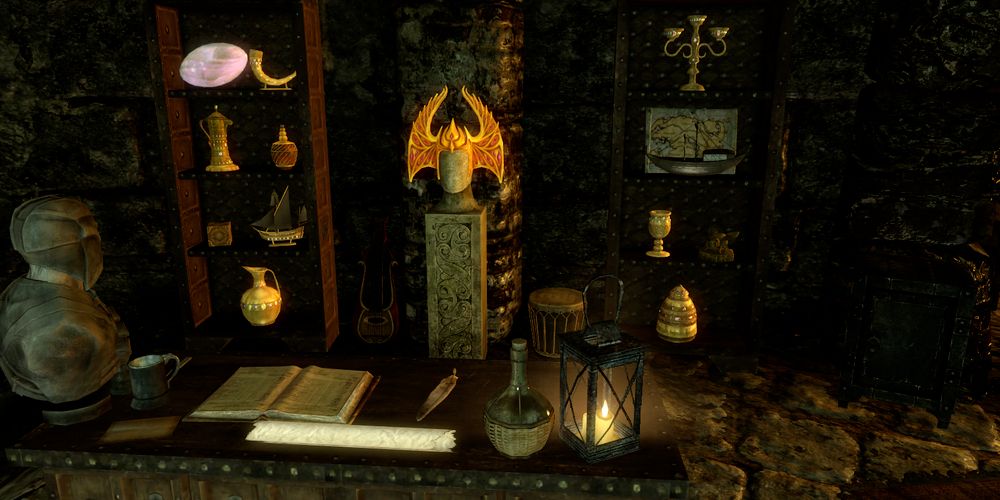
Though its members are criminals, world leaders have always acknowledged that the Thieves' Guild has a place in the world's economy. The noble and powerful trust the Guild to keep the rich folks of the world from becoming lazy and greedy.
The Guild exists to regulate crime and keep clumsy, selfish thieves out of the profession. Additionally, less-than-scrupulous figures have always relied on the Thieves' Guild to rise to the top. The Guild is the best at what they do and has earned respect over the centuries.
8 Rules and Honor
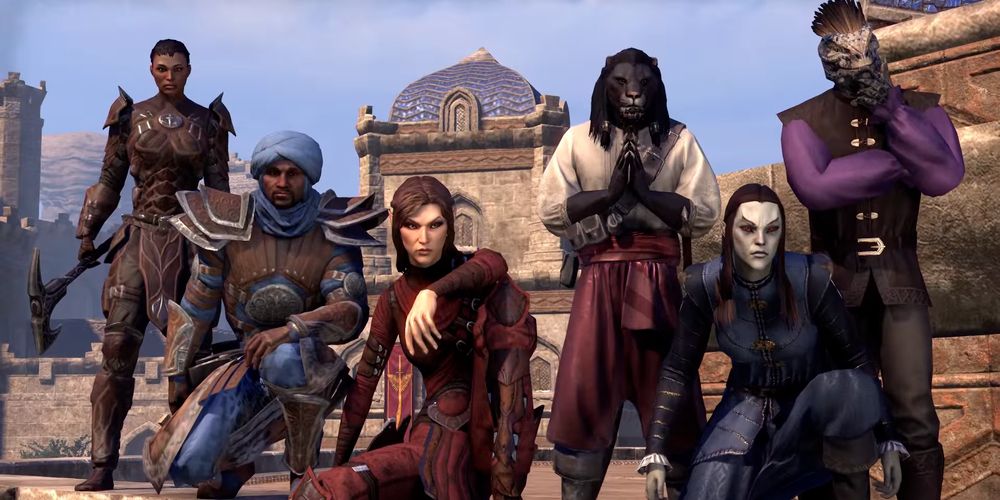
Regardless of their criminal doings, the Thieves' Guild is a guild nonetheless and comes with its own code. Though rules shift over time and across Tamriel, the Guild has protected its members since the days of its founding.
RELATED: The Elder Scrolls: 5 Things Morrowind Does Better Than Skyrim (& 5 Ways Skyrim Is Better)
In Oblivion, members are told never to steal from the poor. Killing on the job is also a no-go; Guild leaders in both Oblivion and Skyrim make it clear that's the Dark Brotherhood's territory. Theft and assault are fair game, but targeting a fellow thief is always an offense.
7 Karliah's Family History
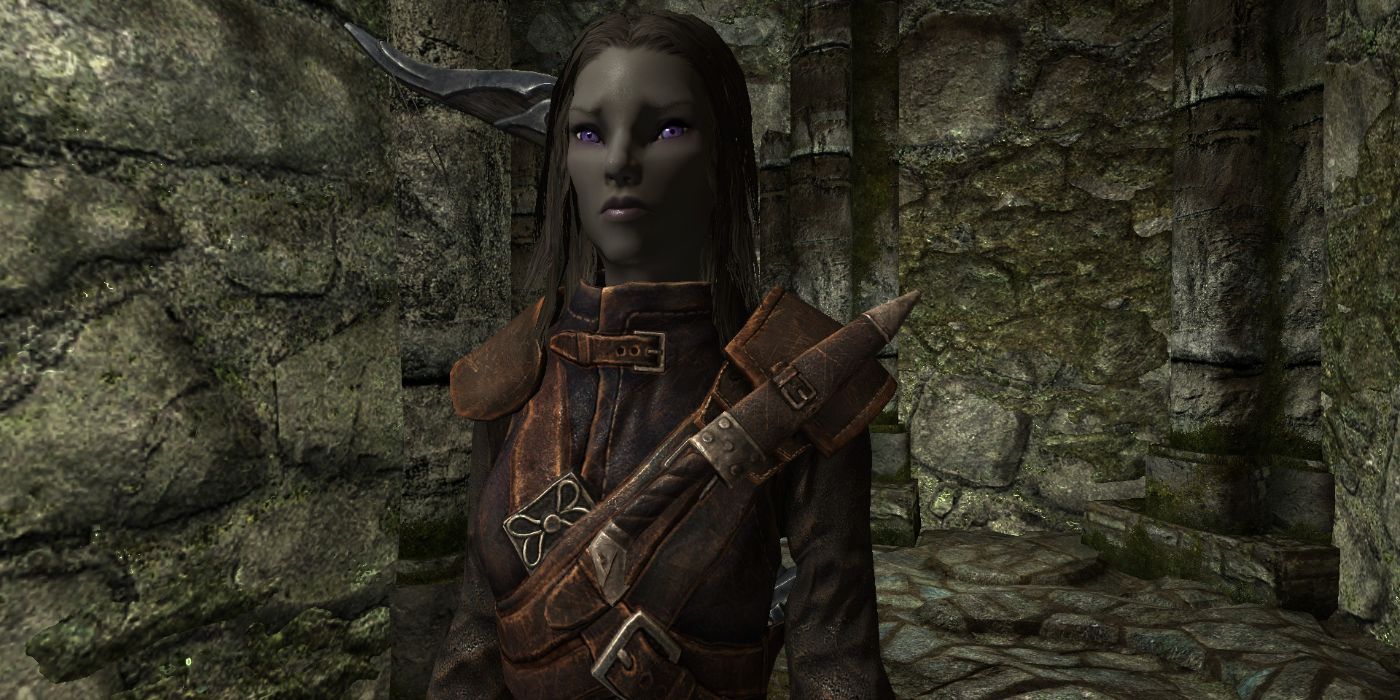
Karliah, a key character in Skyrim's Thieves' Guild questline, was a longtime member before the betrayal that ousted her. Her skill as a thief is legendary—and apparently hereditary.
Karliah is the granddaughter of Barenziah, a Dunmer queen of Mournhold and known member of the Thieves' Guild. In the Third Era, Barenziah began a relationship with a bard and thief known as Nightingale, resulting in a daughter named Dralsi. Eventually, Dralsi settled in Skyrim, became a talented thief in her own right, and had a daughter of her own: Karliah.
6 Ancient Ties to Nocturnal
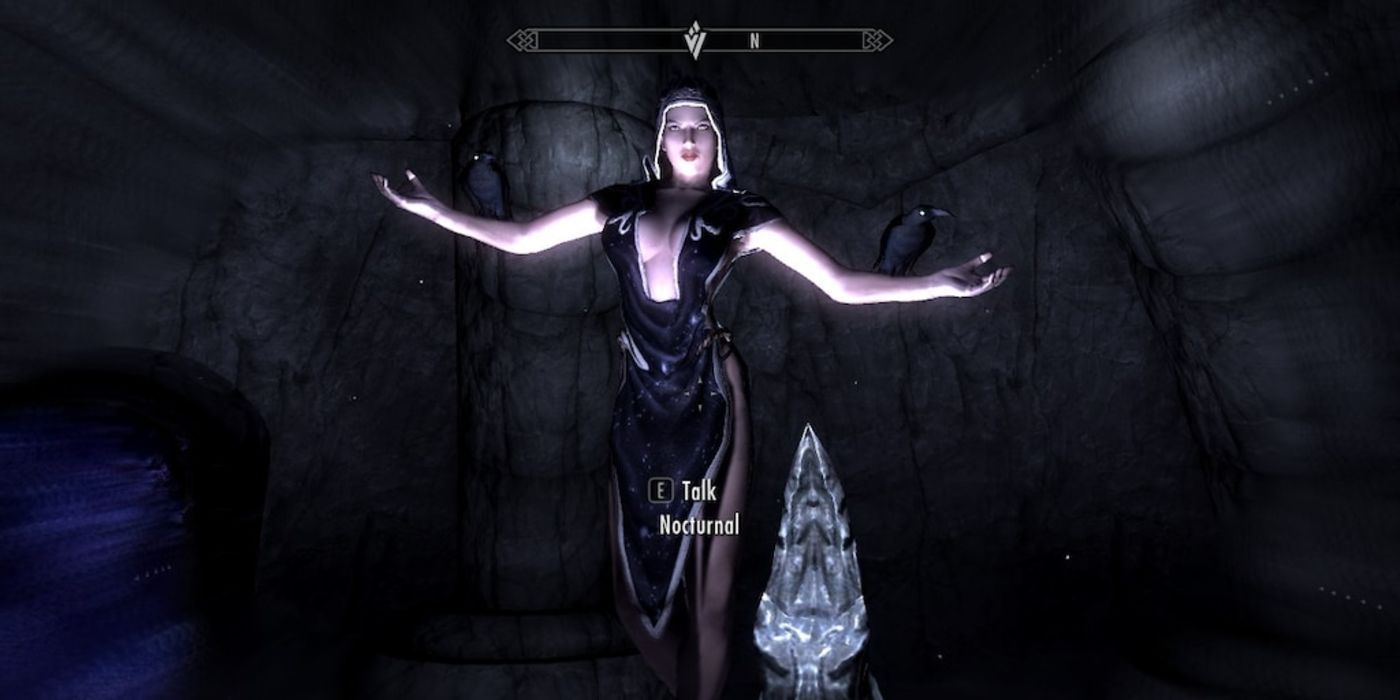
A patron deity of thieves, Daedric prince Nocturnal has always watched over the Guild. Skyrim players know this association well, as the Dragonborn becomes one of Nocturnal's Nightingales and retrieves her artifact as part of the game's Thieves' Guild questline.
This understanding is not limited to Skyrim, as the Thieves' Guild questline in Oblivion also heavily features Nocturnal and one of her artifacts. However, it is unknown when Nocturnal began collecting an inner circle of devotees from members of the Guild.
5 The Gray Fox
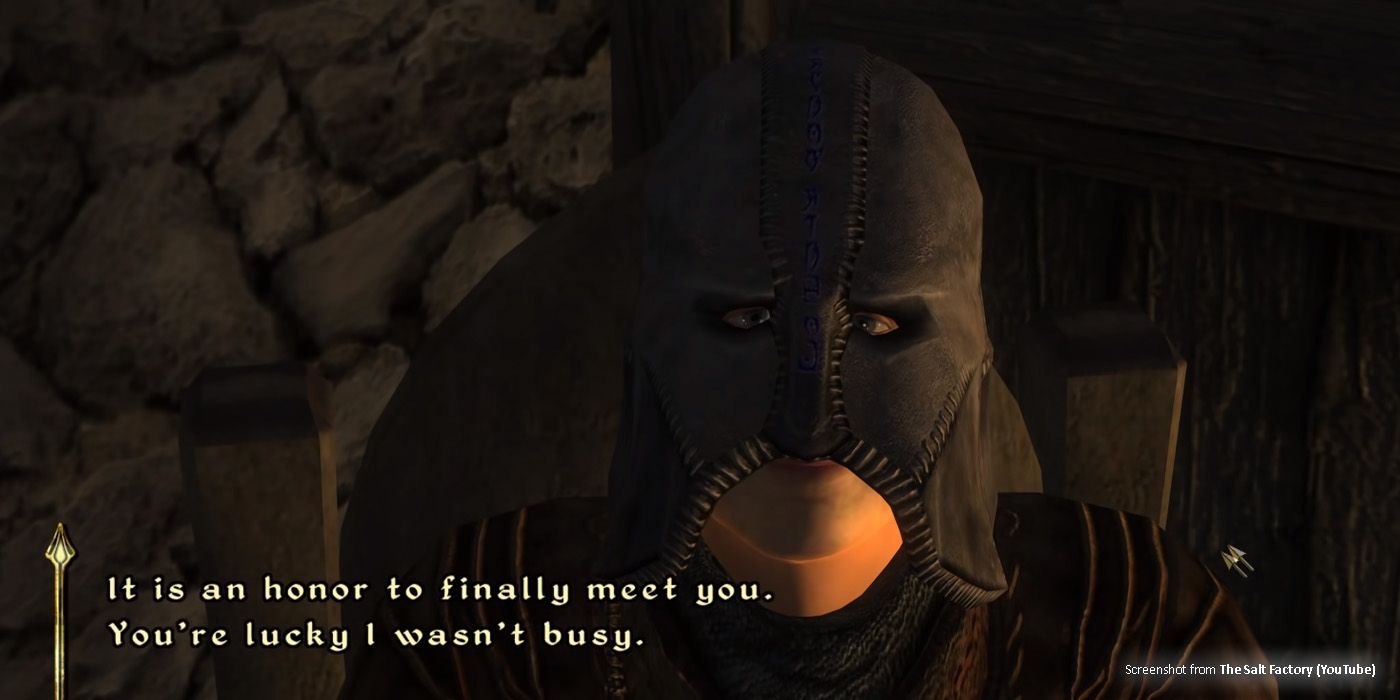
In Oblivion, Cyrodiil's Thieves' Guild is headed by the Gray Fox, a figure shrouded by the Gray Cowl of Nocturnal, which causes the wearer to be removed from history. The Cowl has been handed down from leader to leader, giving the impression that the Gray Fox is hundreds of years old.
At the end of the Thieves' Guild questline, the protagonist receives the Cowl and becomes the next Gray Fox. This explains why the Hero of Kvatch is never mentioned in Skyrim: the Gray Cowl has erased them from history.
4 Rival Guilds
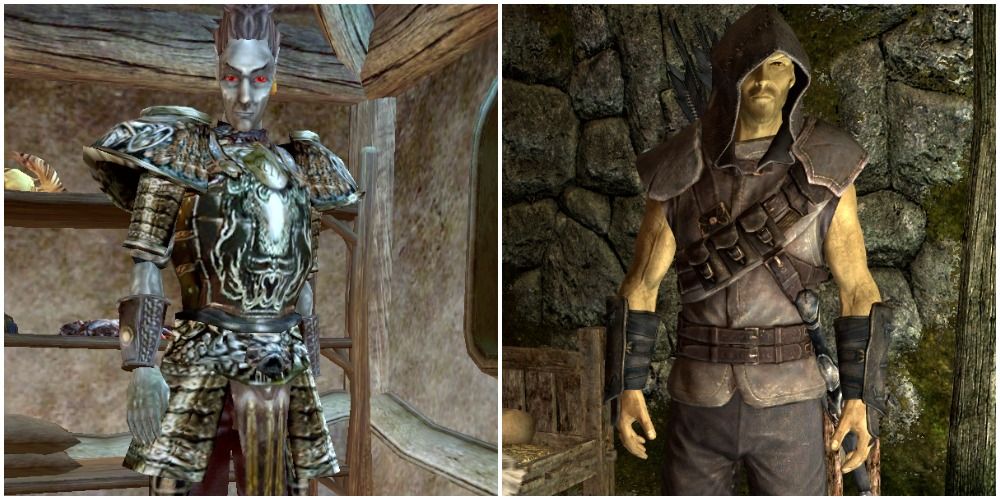
The Thieves' Guild serves as Tamriel's primary syndicate for brigands and burglars, and they aim to stay that way. Yet, throughout history, a few rogue organizations have tried to eliminate them or take their crown.
In Morrowind, for example, the Camonna Tong is a rival guild with far fewer scruples, led by Orvas Dren. If the player joins the Thieves' Guild, several quests involve trying to limit the Camonna Tong's influence. Meanwhile, in Skyrim, Delvin Mallory tasks the Dragonborn with eliminating a rival guild known as Summerset Shadows.
3 Ties to the Dark Brotherhood
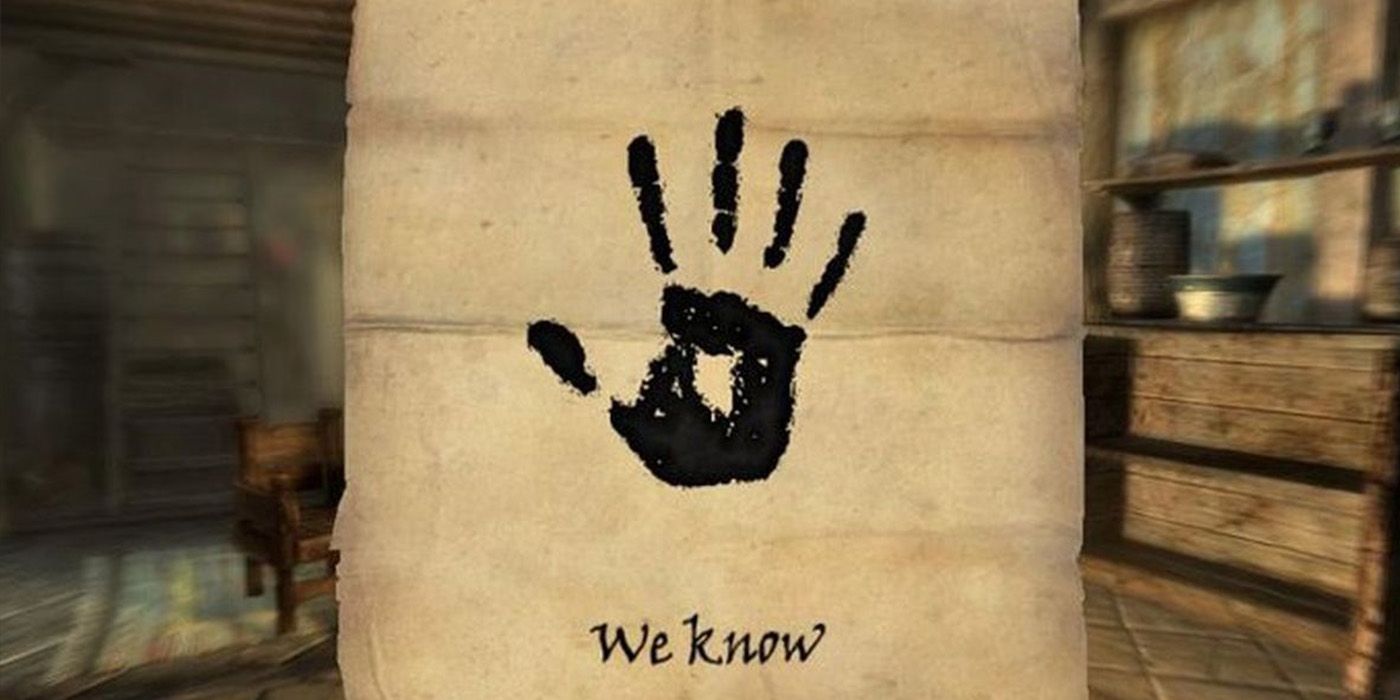
In Skyrim, Delvin Mallory clearly has a connection to the Dark Brotherhood, being old friends with Astrid. He serves as a contact between the two organizations, providing Thieves' Guild services to the Brotherhood when needed. Additionally, Astrid indirectly suggests that the player join up as a means of getting potential bounties erased.
RELATED: Skyrim: 10 Hidden Areas You Didn't Know Existed
Despite their different methods, the two guilds have always had an understanding. It's possible this is part of the reason the Thieves' Guild doesn't kill their marks: they don't want to step on the Dark Brotherhood's toes.
2 Black-Briar Control
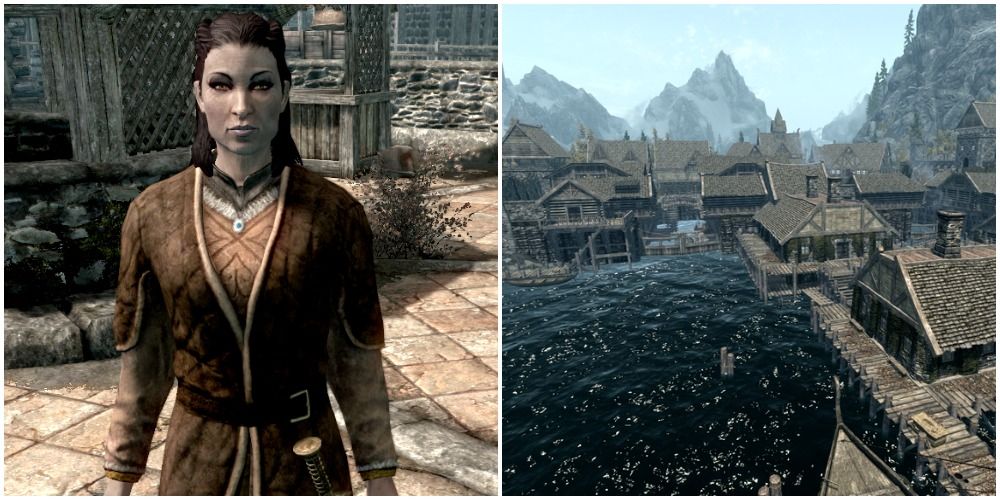
It's no secret in Skyrim that Maven Black-Briar has the Thieves' Guild in her pocket. Furthermore, according to Maven, this alliance is generations older than she is. Maven claims that her family has always been allied with the Guild, and this is the secret to their success.
According to Riften's most powerful businesswoman, the Black-Briars have always had a symbiotic relationship with Skyrim's Thieves' Guild. The Guild takes care of trouble for them, while the family ensures that the Guild's coffers stay full.
1 Shadowmarks
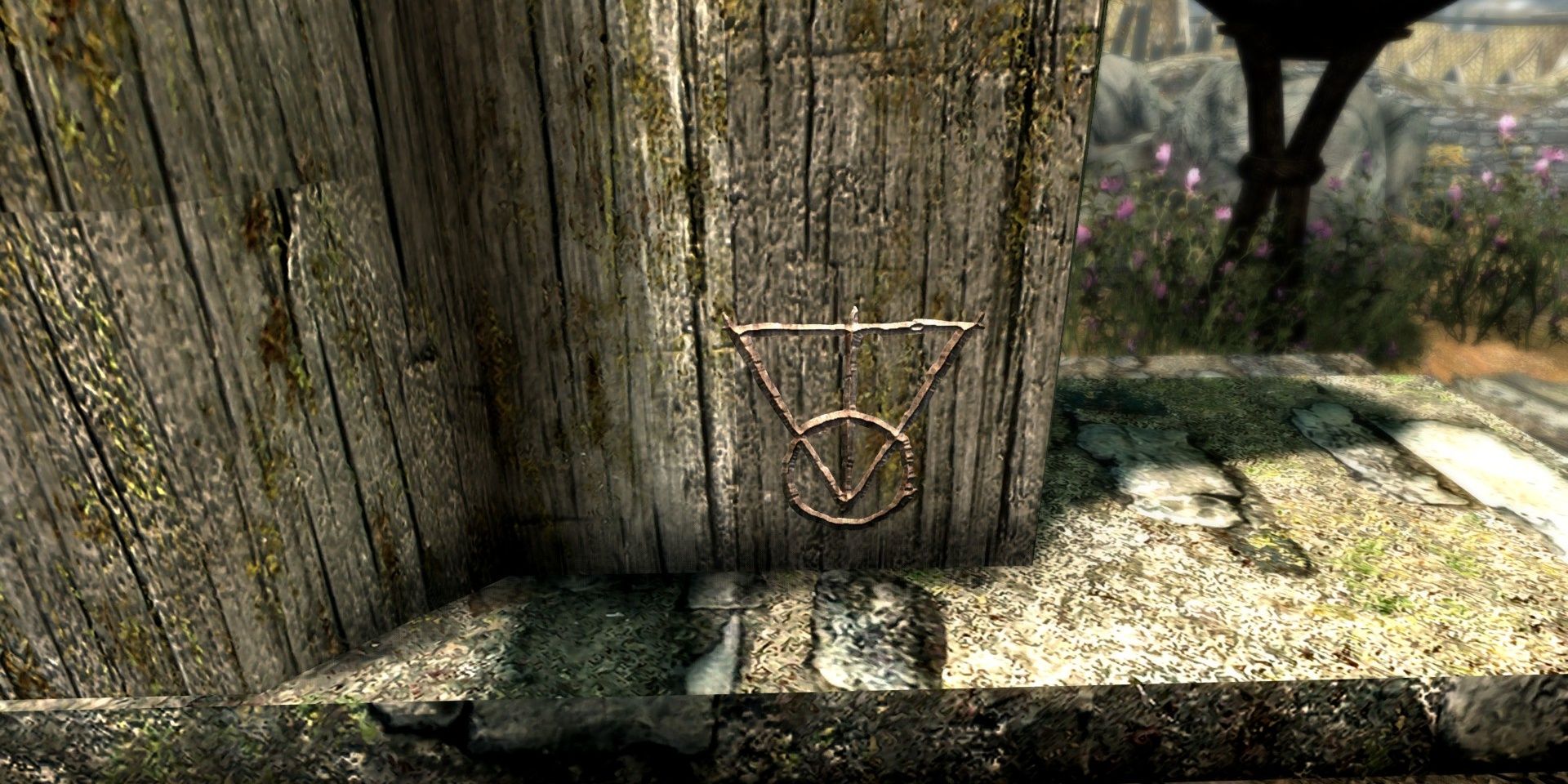
Skyrim players will recognize shadowmarks, symbols that the Thieves' Guild uses to communicate. However, it's unknown exactly where they come from. Delvin Mallory wrote a guide allowing fellow thieves to decipher them; however, that doesn't necessarily mean he invented them himself. Most likely, shadowmarks evolved naturally, a quiet code among members of the guild.
Shadowmarks don't appear in any previous games, implying that the code sprung up sometime between Oblivion and Skyrim. Appearing on barrels and doorframes throughout the world, they can indicate loot, danger, or a protected person.

